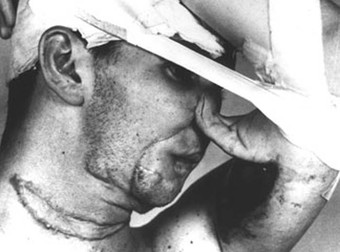Sometimes, the names given to streets are arbitrary. Cherry Blossom Road, Elm Forest Lane…these are all welcoming names that developers felt home owners would want to live in. Yet some street and town names come with a dark backstory. There is no community planning committee on Murder Island, Nova Scotia, just a bloody history that its inhabitants feel is too tragic to forget. Here are some of the most grimly named places on Earth, and the tales that earned them the name.
Shades of Death Road is a seven mile trek through Warren County, New Jersey. The name may have come from a malaria outbreak that crippled the region in the 1850s. It’s also fitting for the slew of murders by squatters that occurred along its forest edges throughout the 1920s.
Although the name was likely endorsed by the Nazis who occupied it during World War II, the town of Death to Jews, a few miles south of Paris, is named in support of an earlier massacre of Jews back in 1306.
In Halbrook, Arizona, there is a street called Bucket of Blood. The story goes that in 1886, a gang of outlaws called the Hashknife Outfit killed 26 people in a town of just 250. They slaughtered a rival outfit the same year, and no true body count was ever confirmed. The sheriff only said the streets were red with “buckets of their blood.”
The story behind Dead Woman’s Crossing in Weatherford, Oklahoma, follows the death of a young mother named Katy DeWitt James. James was tricked by a shady prostitute named Fannie Norton. Norton befriended James on the train before robbing and murdering her, disposing her body under the bridge and giving her baby to a local boy for his mother to raise.
The story of Murder Island off the coast of Nova Scotia sounds like something out of a flashback in Lost. In 1765, a large brig named the Baltimore arrived on its shores, but the crew was all dead. The only survivor was a woman who soon disappeared before she could tell the ship’s bloody tale.
Due to intense winds, rocks, and fog, the seas that touch Namibia can sentence passing ships to a slow, painful death in the Skeletal Coast. This is where all the ships’ corpses seem to end up. Once washed ashore, the punishing and endless dunes make the chances of being rescued very slim.
In may not look like much, but Bloody Pond in Lake George Village, New York, hosted a pivotal moment in the French and Indian War. When the Americans ambushed a large number of American Indian and Canadian troops, the lake turned blood red from the slaughter.
In Brooklyn, New York, there is a beach called Dead Horse Bay. In the 1850s, it became the host of several glue making factories. The horse corpses were dumped here to rot, leaving the bay to reek.
In 1887, a leg washed ashore of a plaza in Vancouver, Canada. Based on the carnage, police estimated that the owner of the leg had been attacked by a cougar down the way. For some reason, they decided to display the leg in the square, just in case the owner came looking for it, hence the name Leg-In-Boot Square.
Jenny Jump State Forest in Green Meadows, New Jersey, has a tragically straightforward name. A girl named Jenny and her father were walking though the forest when they were ambushed by members of the Taino tribe. As they got closer, Jenny’s father screamed, “Jump, Jenny, Jump!” She did, causing her to fall off a cliff to her death.
I guess it’s good to remember what shadowy events transpired in these places, but doesn’t that hurt the price of property a little? It’s also a way to be morbid for every day of your life, I suppose.
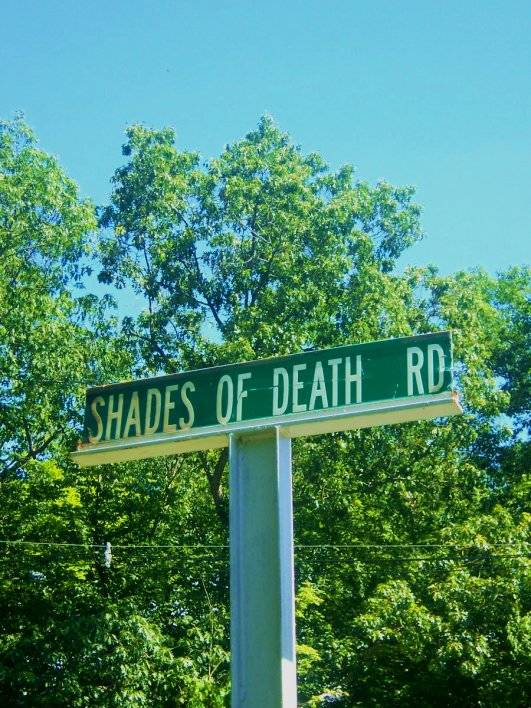 share
share
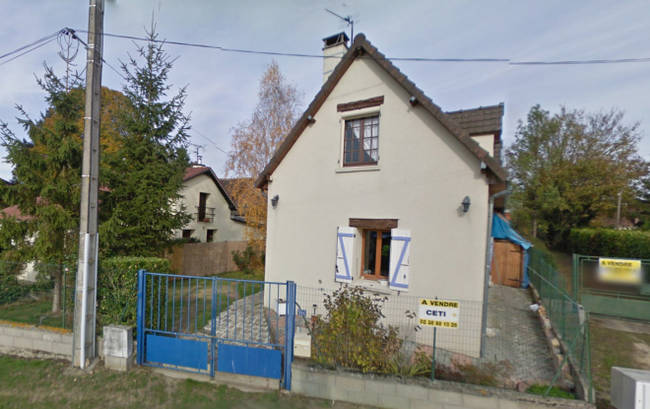 share
share
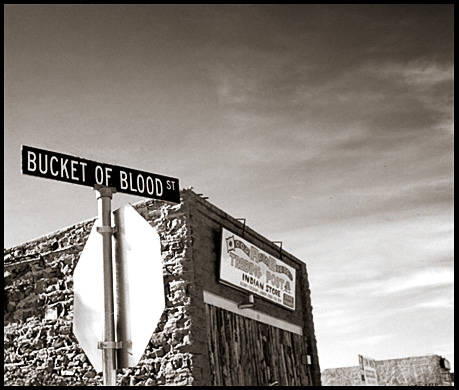 share
share
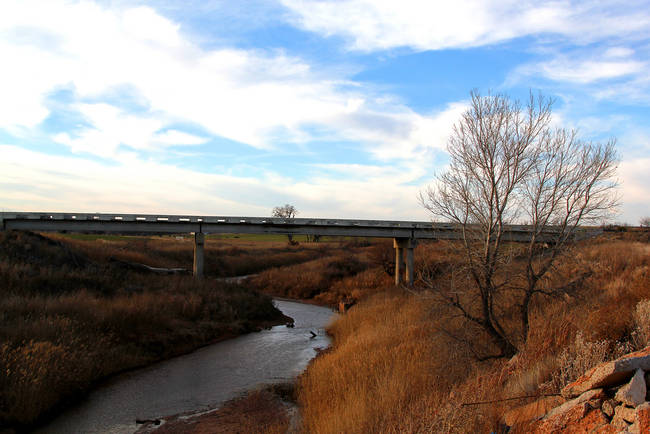 share
share
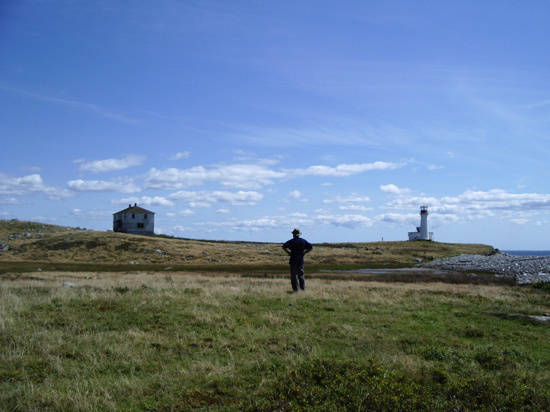 share
share
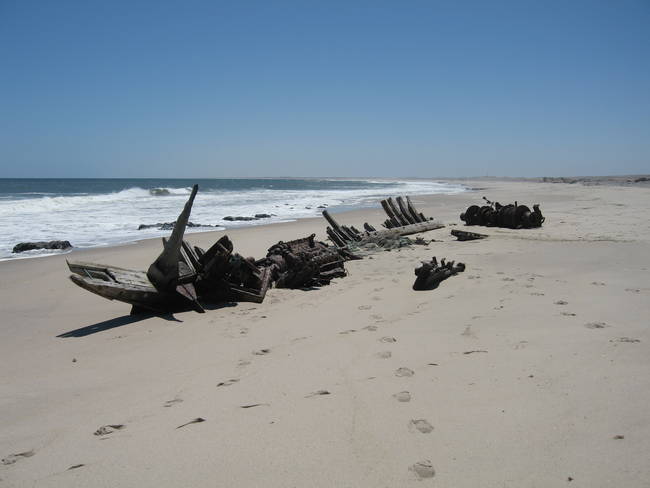 share
share
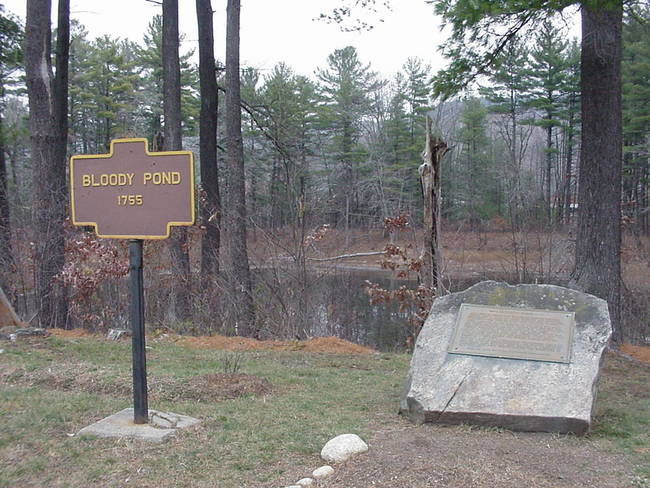 share
share
 share
share
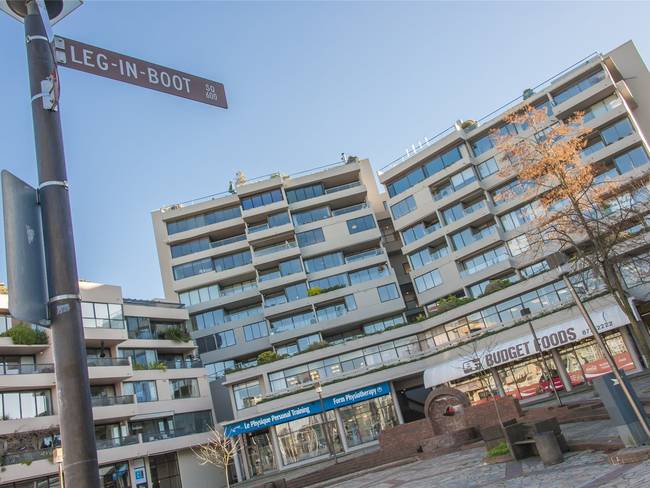 share
share
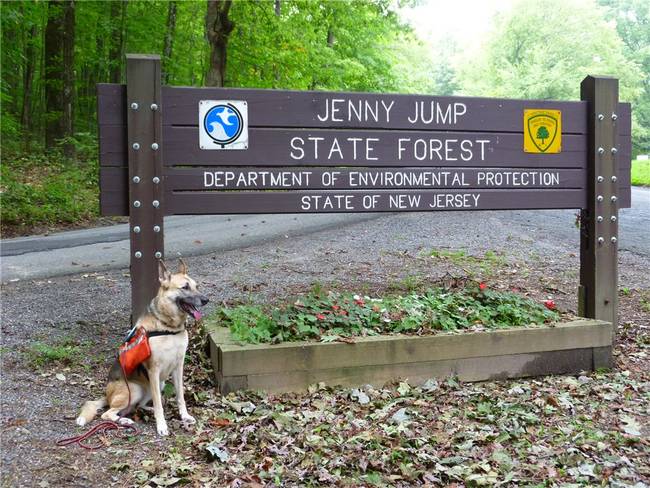 share
share


